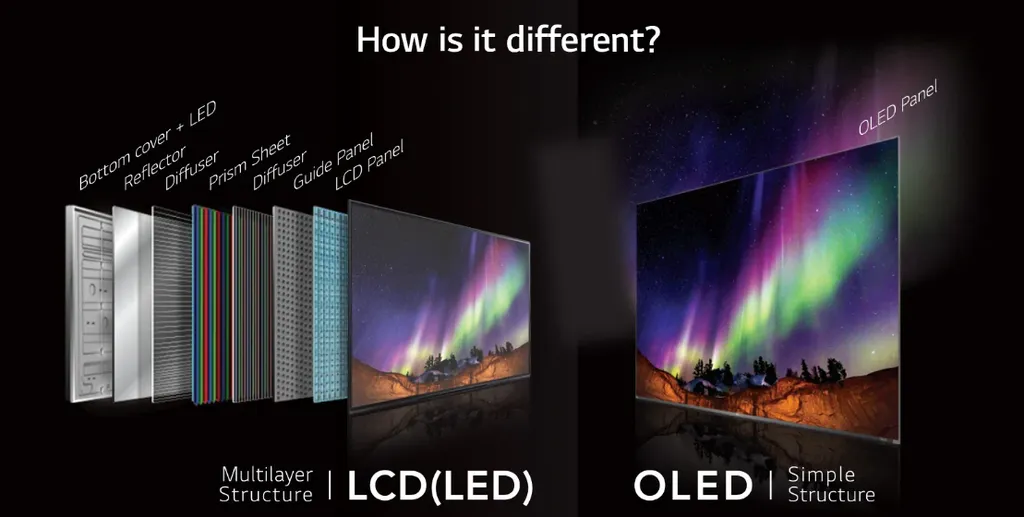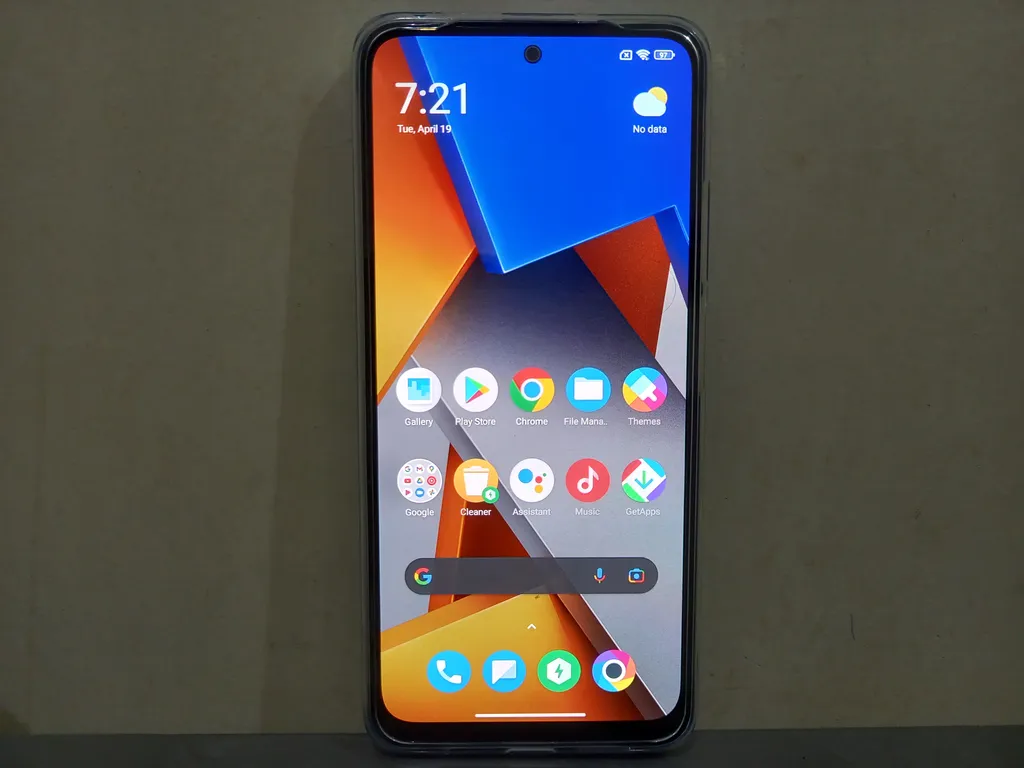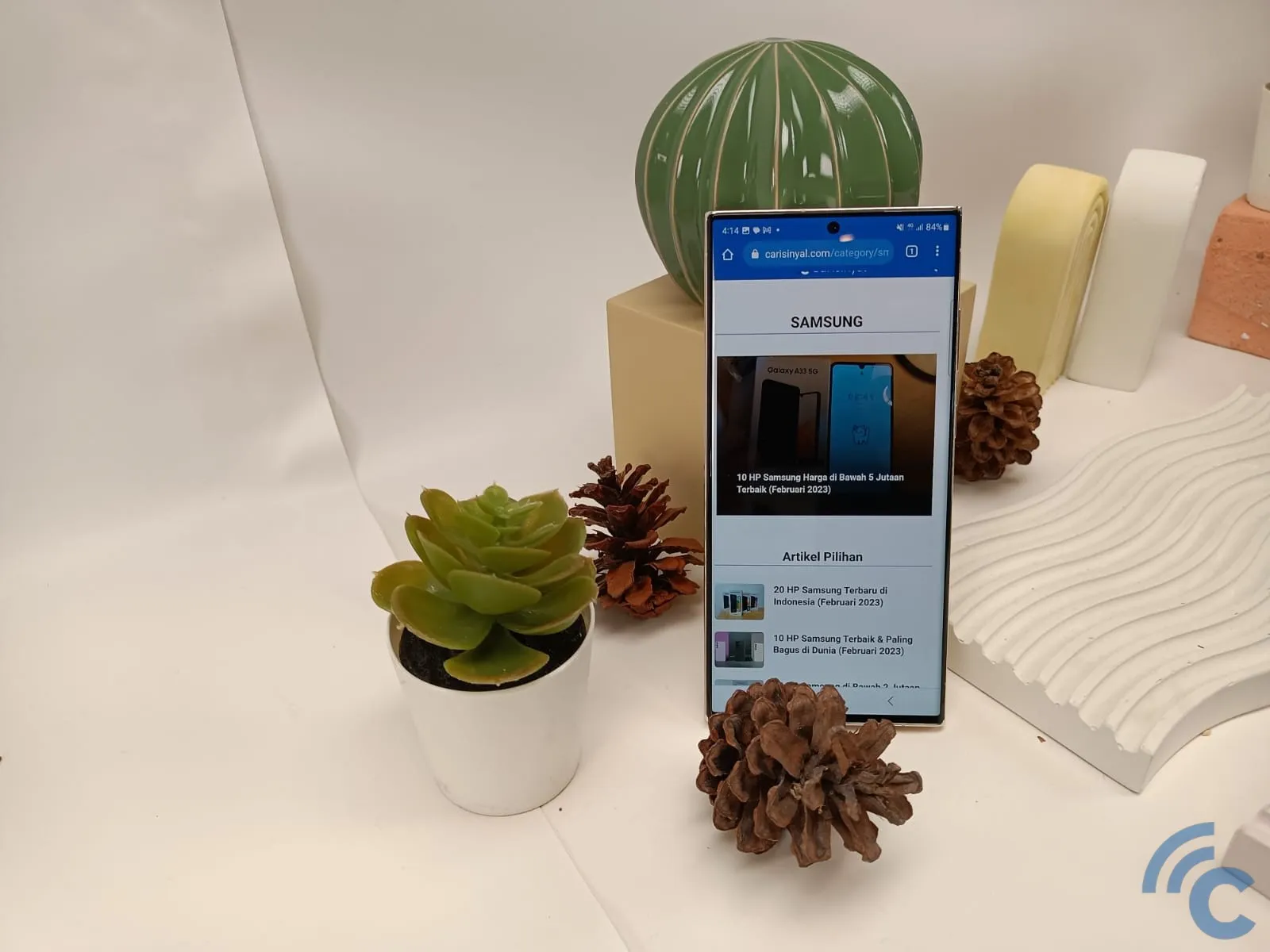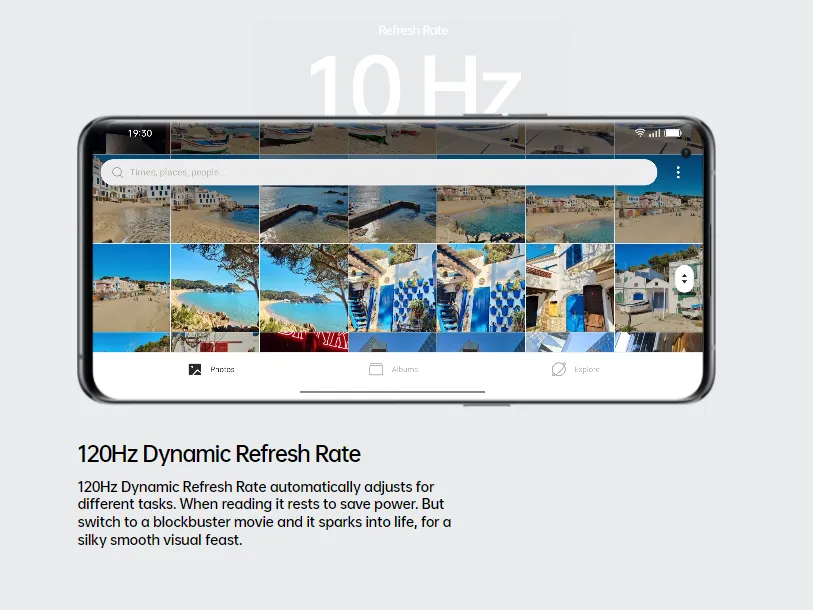OLED Panel Types: From OLED to Super Retina XDR OLED
While some smartphones employ IPS LCD display panels that offer limited contrast ratios and less accurate color representation, for a superior visual experience, it's advisable to opt for a smartphone with an OLED display.
OLED displays come with numerous advantages, including greater power efficiency, broader color spectrum, and an unmatched contrast ratio. OLED technology have emerged several variants, such as AMOLED, Super AMOLED, Dynamic AMOLED, and LTPO AMOLED. We will also touch on the Super Retina XDR OLED.
Each of these OLED variants has distinct features and benefits. If you're unfamiliar with these terms, continue reading as we break down the key differences among these OLED types.
Though OLED technology has given birth to a diverse range of panels, you don't need to be overwhelmed. Simply refer to the following points to comprehend their distinct attributes.
1. OLED

OLED stands for Organic Light Emitting Diode. Unlike traditional IPS LCD panels that rely on a backlight for illumination, OLED panels have pixels that generate their own light when supplied with electricity.
Constructed with a layer of organic semiconductor material sandwiched between two electrodes, OLEDs essentially act as organic light diodes that use semiconductor properties to produce light.
OLED panels are celebrated for their ability to emit light organically, eliminating the need for a backlight. This feature not only enhances power efficiency but also outperforms IPS LCDs in this regard. One notable benefit of OLED panels is their relatively lower production cost when compared to their AMOLED counterparts and other OLED derivatives.
Offering broader viewing angles than LCDs, OLEDs are also uniquely flexible, setting the stage for innovative display designs. A hallmark of OLED technology is its capability to represent true black, resulting in a superior contrast ratio.
However, it's essential to acknowledge a few shortcomings of OLED panels. One such drawback is the potential for burn-in or image retention. If static visuals remain on display for extended periods, they may leave a lingering, shadowy imprint on the screen, leading to permanent damage.
2. AMOLED

An enhancement of OLED technology, AMOLED offers a myriad of improvements, elevating the visual experience it provides. AMOLED, an acronym for Active-Matrix Organic Light Emitting Diode, is a technology pioneered by Samsung.
In comparison with OLED, AMOLED brings to the table numerous advantages, such as an extended lifespan, superior resilience against extreme weather conditions, and heightened brightness levels.
Similar to OLED, AMOLED displays do away with the need for backlighting. This ensures efficient battery consumption, preventing rapid battery drainage. Its contrast ratio is also noteworthy, boasting the ability to reach the absolute black level, quantified as 0 nit.
Another feather in the cap of AMOLED displays is their swift response time, outpacing the majority of LCD panels. This makes them particularly apt for gaming and appreciating visually-rich content, thanks to their spot-on color accuracy.
However, keep in mind that the manufacturing costs associated with AMOLED are steeper than those of IPS LCDs or traditional OLEDs. This is a primary reason AMOLED was originally exclusive to high-end flagship smartphones.
As technological advancements continue, an influx of budget-friendly phones equipped with AMOLED screens is becoming more common. Yet, it's essential to bear in mind that most economical AMOLED-equipped phones might not concurrently offer high refresh rates. And much like OLEDs, AMOLED screens are susceptible to burn-in when static images persist on the display for prolonged periods.
3. Super AMOLED

Elevating the AMOLED experience, Super AMOLED is an even more refined display technology, building upon the foundational strengths of AMOLED. At its core, Super AMOLED operates without a backlight, meaning each individual pixel illuminates itself, allowing for perfect black representation.
When these pixels are inactive, such as when rendering black shades, they remain completely dark. This distinction is essential, as it's a feature not present in other screen types like IPS LCD or TN TFT, and it's the reason they can't fully realize functionalities like AOD (Always On Display).
In comparison to standard AMOLED, Super AMOLED boasts enhancements in two key areas: power efficiency and brightness, improving by approximately 20% in both respects. Samsung has also asserted that Super AMOLED can curtail sunlight reflection by a significant 80%, outshining its AMOLED counterpart.
A defining feature of Super AMOLED is its integrated design where the touch sensor is fused with the screen, as opposed to being a separate overlay. As a result, Super AMOLED displays tend to be sleeker and thinner than traditional OLED panels.
4. Dynamic AMOLED / Dynamic AMOLED 2X

Introduced in 2019, the Dynamic AMOLED display represents an advancement over the Super AMOLED technology. While it retains all the characteristics of the Super AMOLED, it brings an added advantage with its HDR10+ certification. This enhancement ensures richer color representation, sharper contrast, and heightened brightness levels.
Furthermore, the Dynamic AMOLED screen is equipped with the DCI-P3 color spectrum, ensuring vibrant and true-to-life colors across all brightness settings.
Another significant benefit is its reduced blue light emission, which is crucial for minimizing eye strain and ensuring a more comfortable viewing experience for users.
When you come across "Dynamic AMOLED 2X," it signifies that the display boasts a refresh rate of 120 Hz, doubling the standard rate for smoother transitions and animations.
On a parallel note, Samsung introduced the E4 AMOLED panel in 2020. Essentially, it's the next evolution of the Super AMOLED.
Like the Dynamic AMOLED, the E4 AMOLED also benefits from HDR10+ certification and the DCI-P3 color gamut. Furthermore, it's recognized with a Display Mate A+ rating, offers exceptional color accuracy with a delta E value below 1, and supports both a refresh rate of 120 Hz and a touch sampling rate of 240 Hz.
A unique feature of the E4 AMOLED is its integration of MEMC (Motion Estimation Motion Compensation) technology. This tech elevates the viewer's experience by boosting the video's frame rate, creating smoother motion on the screen.
5. LTPO AMOLED

LTPO AMOLED is a cutting-edge display technology pioneered by Apple. The acronym LTPO stands for Low-Temperature Polycrystalline Oxide, a design crafted specifically to adjust the refresh rate to its minimum when the screen is inactive.
Apple first implemented the LTPO AMOLED technology in its renowned wearable, the Apple Watch. Given that smartwatches necessitate optimal power efficiency to maximize their operational time between charges, this technology proved to be a game-changer.
The key advantage of LTPO AMOLED is its dynamic refresh rate. For instance, when displaying static images, the Apple Watch can reduce its refresh rate to a mere 1 Hz. However, when the user interacts with the screen, it swiftly adjusts back to 60 Hz. This adaptive capability significantly enhances battery longevity.
In light of its success, LTPO AMOLED has transcended beyond smartwatches and is now found in premium smartphones, including models like the OPPO Find X3 Pro, OPPO Find X5 Pro, and the Samsung Galaxy Z Flip3. However, it should be noted that producing LTPO AMOLED panels is a costly endeavor, which is why it's typically reserved for flagship devices.
6. Super Retina XDR OLED

Apple has further expanded its display portfolio with the introduction of the Super Retina XDR OLED. Initially gracing the iPhone 11 Pro and iPhone 11 Pro Max, this panel boasts an enhanced dynamic range, rendering deep, true blacks and pure, brilliant whites.
But it's not just about striking visuals. Apple has positioned the Super Retina XDR OLED as a leader in the industry when it comes to mitigating burn-in concerns. According to Apple's claims, the technology underlying this display is armed with a unique algorithm that meticulously monitors each pixel's usage to create calibration data.
Consequently, the iPhone then autonomously adjusts the brightness of individual pixels. This dynamic adjustment ensures that pixels don't consistently display the same color for prolonged periods, thereby minimizing the risk of burn-in.
Now that you're familiar with the distinctions among the various OLED panel types, you're better equipped to decide which one to opt for. Super AMOLED panels can now be found in mid-tier phones.
On the other hand, advanced OLED variants like Dynamic AMOLED, E4 AMOLED, and LTPO AMOLED remain exclusive to premium, high-end phones.
